Theremin are awesome, but designing Analog electronics is hard...
Plasma is awesome, but winding a Tesla coil is hard...
So, lets do it digitally, and use mass produced components to create a tiny, MIDI compatible, digital Time-of-Flight, plasma-speaker Theremin!
Inspired by Pode Coet (http://ultrakeet.com.au/write-ups/modulated-arc-lighter), this project will use a plasma lighter as the starting point, and with the infrared lasers in the VL53LOX distance-sensor, will measure the players hands with millimeter accuracy and generate musical notes.
With two sensors, you can vary both the tone and volume smoothly, or stepwise in any musical key. It will also generate MIDI data, which can be sent back to the PC via USB.
 David
David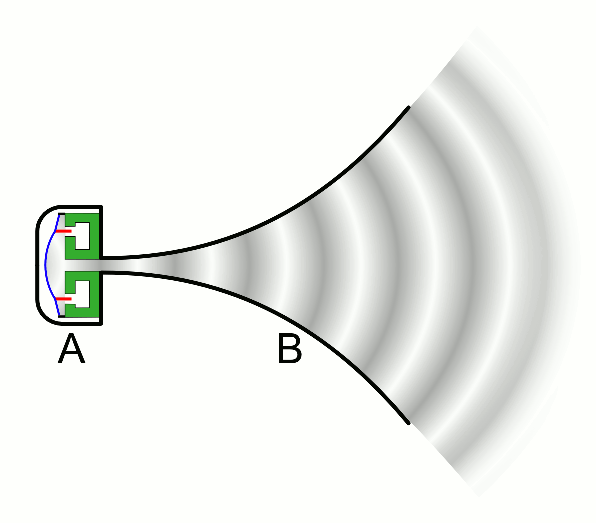

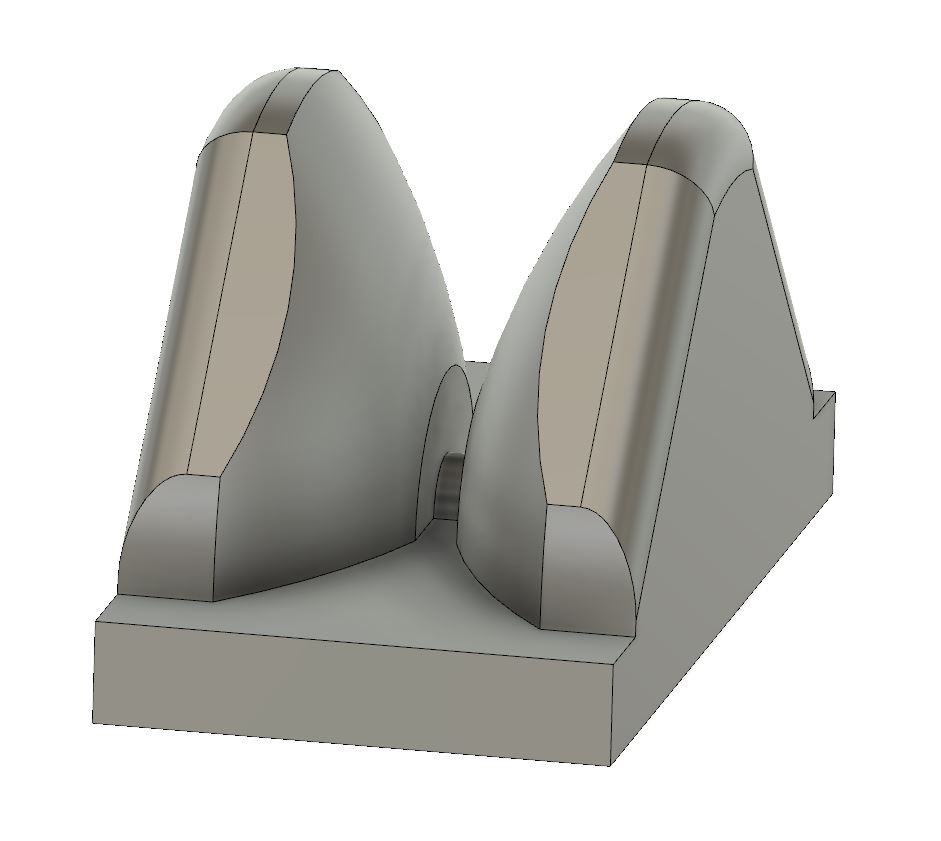
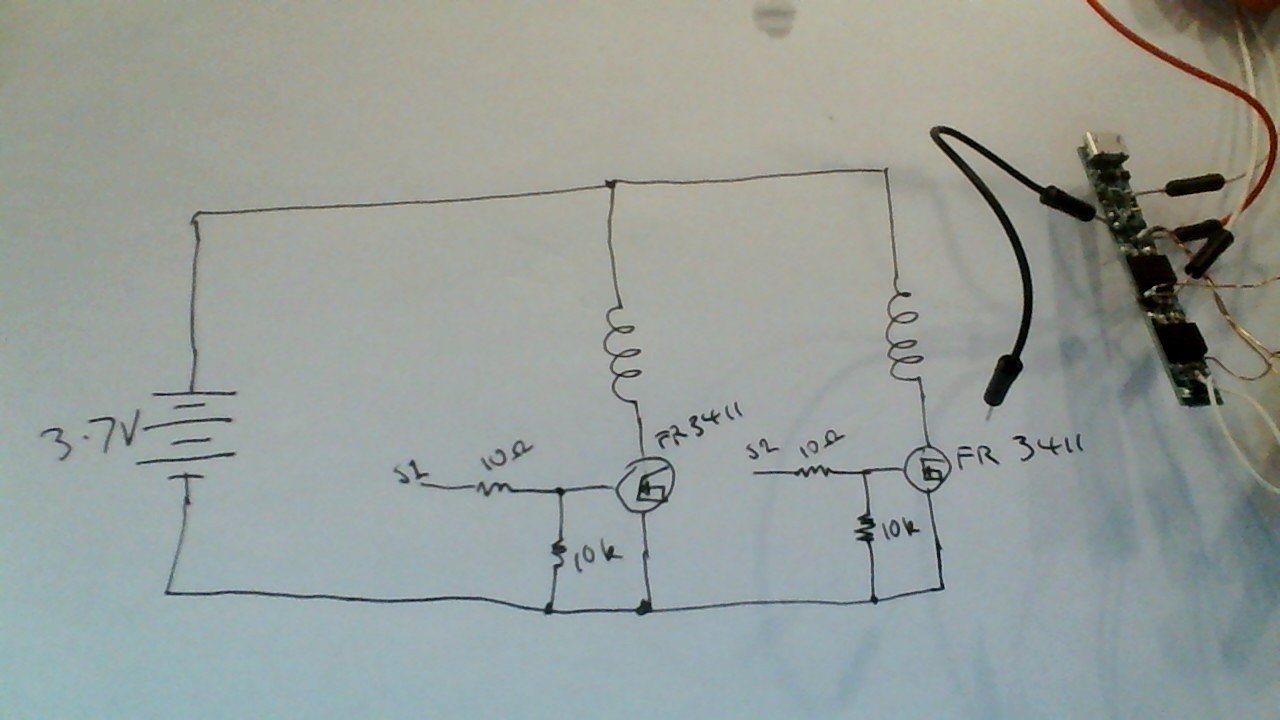



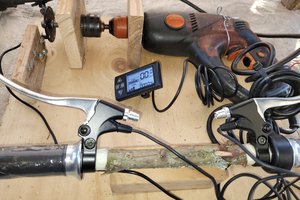
 junkotron
junkotron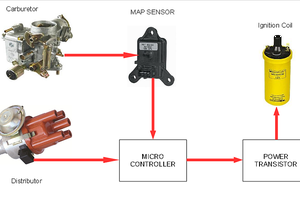
 danjovic
danjovic
 Saabman
Saabman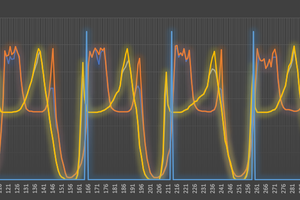
 Simon Merrett
Simon Merrett
You know ... an analogue audio input driver for the plasma lighter would be a cool thing, I'm just saying ;)